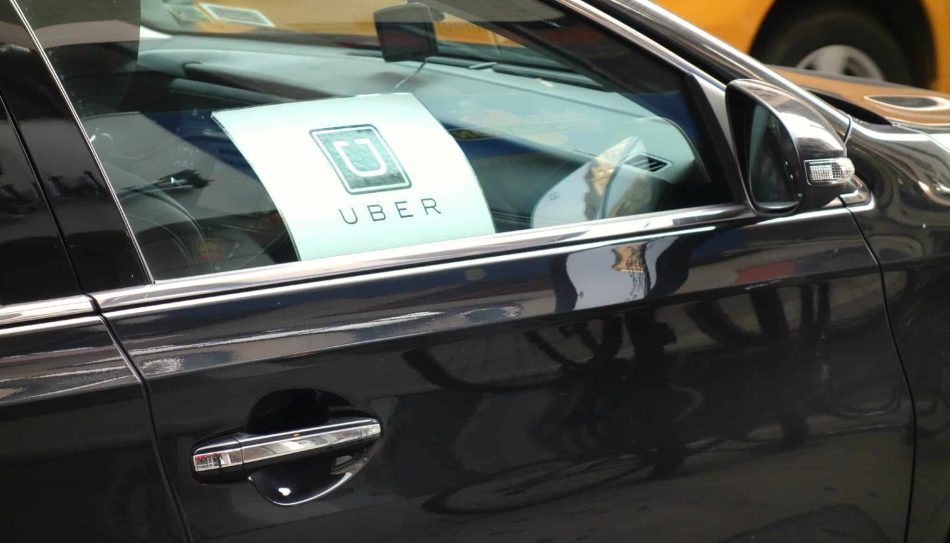Tesla CEO Elon Musk’s ambitious vision for a $30,000 annual payday for Tesla owners who rent out their cars as self-driving taxis has been met with skepticism from Uber CEO Dara Khosrowshahi.
Despite Musk’s high hopes, Tesla’s much-anticipated autonomous vehicle rideshare service, Robotaxi, has faced delays and criticism from industry experts.
Delayed Launch of Tesla’s Robotaxi
Around the time Elon Musk was seeking investor approval for his $56 billion pay package, Tesla announced it would launch its Robotaxi service on August 8. However, the launch was postponed until October to allow for the development of more prototypes.
The Robotaxi concept envisions Tesla owners renting out their autonomous vehicles to ride-share customers. Musk claims potential earnings of up to $30,000 per year. In a LinkedIn video posted by Rosalie Nathans, a senior manager for used cars and online sales at Tesla, she demonstrated hailing a Robotaxi, adjusting the car’s temperature, music, and pick-up and drop-off locations—all without a driver.
Despite these advancements, Khosrowshahi remains doubtful about Tesla’s ability to meet peak demand with its Robotaxi fleet.
Need Career Advice? Get employment skills advice at all levels of your career
Skepticism from Uber and Other Industry Leaders
Khosrowshahi expressed his doubts during an interview on The Logan Bartlett Show podcast, saying:
“Probably the times at which you’re going to want your Tesla are probably going to be the same times that ridership is going to be at a peak.
“There are these peaks and valleys in terms of supply and demand.”
Musk’s vision for Robotaxi hinges on the idea Tesla owners will rent out their vehicles when not in use.
However, the average Tesla owner, who earns about $150,000 per year, might not be inclined to share their car.
Edwin Olson, CEO and co-founder of autonomous driving tech company May Mobility, echoed this sentiment, telling Fortune:
“Individual car owners don’t want to be ‘landlords’ of their car.
“Riders are often hard on cars—they treat them poorly, make messes, slam doors—all because the vehicle is not theirs. This could deter owners from participating.”
Challenges and Criticisms
Khosrowshahi also raised concerns about the feasibility of Tesla owners renting out their cars to strangers.
He said:
“It’s also not clear to me that the average Tesla owner or owner of any other car, is going to want to have that car be ridden in by a complete stranger.”
Khosrowshahi pointed out that maintaining a rideshare fleet is vastly different from selling cars.
READ MORE: Uber And Lyft Agree To Pay Massachusetts Drivers Minimum Wage And Benefits
He said:
“Building a $50,000 piece of hardware to make autonomous driving work is completely different from driving more than 30 million transactions every day.”
He detailed the complexities involved in rideshare operations, such as handling cash payments, accidents, lost items, and customer service issues.
Khosrowshahi added:
“We’ve had to learn to build out a system that’s able to make everything work for both the rider and the driver. It’s taken us 15 years. It’s taken us tens of billions of dollars of capital.”
The Future of Robotaxis
Despite the criticisms, Khosrowshahi sees potential in the Robotaxi concept and does not view it as a “zero-sum game.” He expressed hope “hopefully Tesla will be one of [Uber’s partners]” one day.
Olson also suggested Tesla could optimize its Robotaxi service by dedicating a fleet of autonomous vehicles specifically for the platform. Fleets can be tailored for specific purposes, offering streamlined services and easier management.




